A new drug-laden gel allows for better levels of uptake in both the blood and the brain.



A new drug-laden gel allows for better levels of uptake in both the blood and the brain.
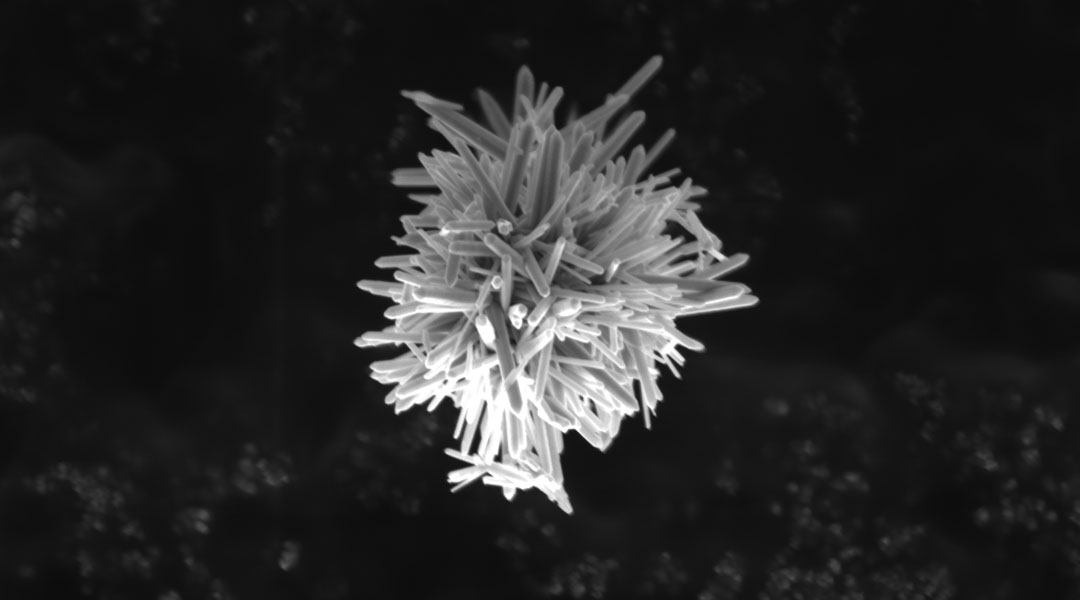
Bacteria-killing micromotors, microscopic patchworks, and DNA fibers decorated with self-made “smileys” — science has never looked better.
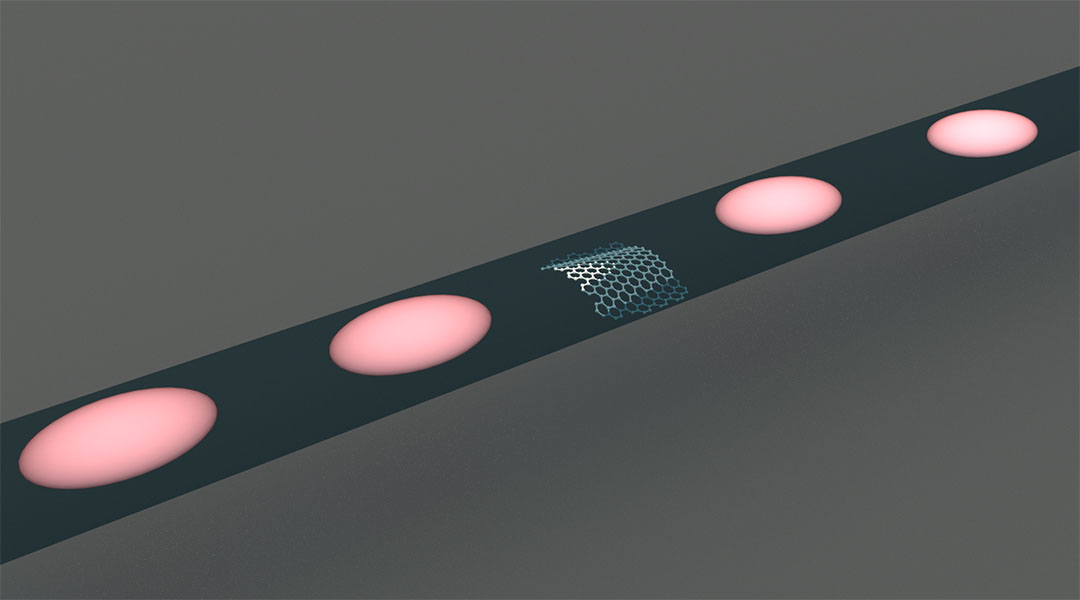
Photonics offer a natural link between communication and computation, providing a potential bridge to build a quantum internet.
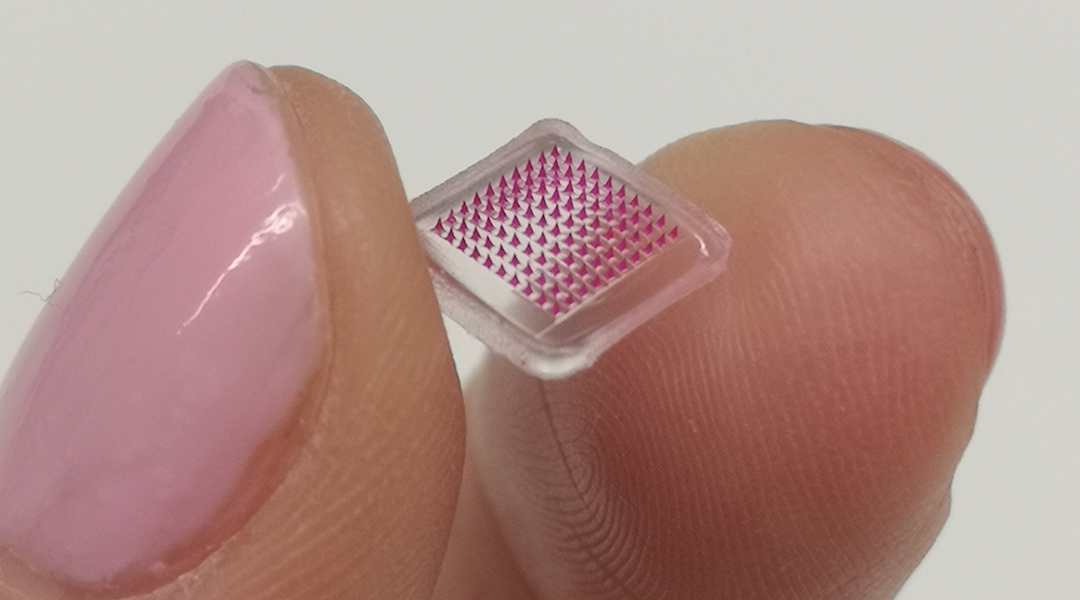
A microneedle patch that delivers antibiotics directly into the affected skin area could help treat deadly bacterial infections.

In a historic and surprise move, this week the US declared its support for a patent waiver on COVID-19 vaccines.

Astronomers obtain the first direct evidence of hydroxyl molecules in the atmosphere of a planet beyond the Solar System.
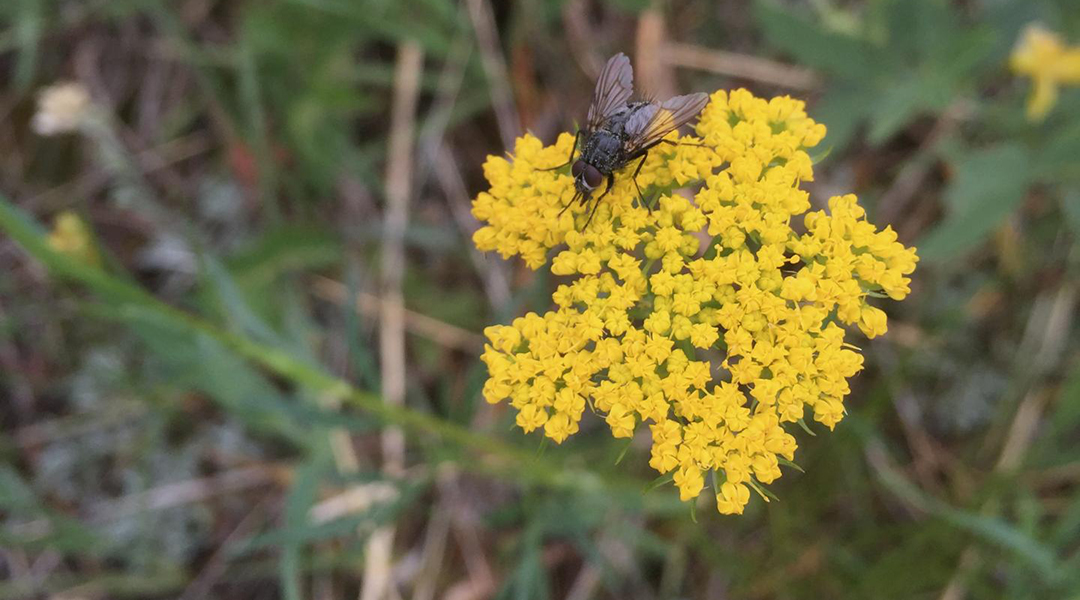
New study finds “generalist” plants and pollinators play a crucial role in maintaining biodiversity and may also serve as buffers against some impacts of climate change.

Seven emerging technologies that could help to mitigate the most devastating effects of climate change.
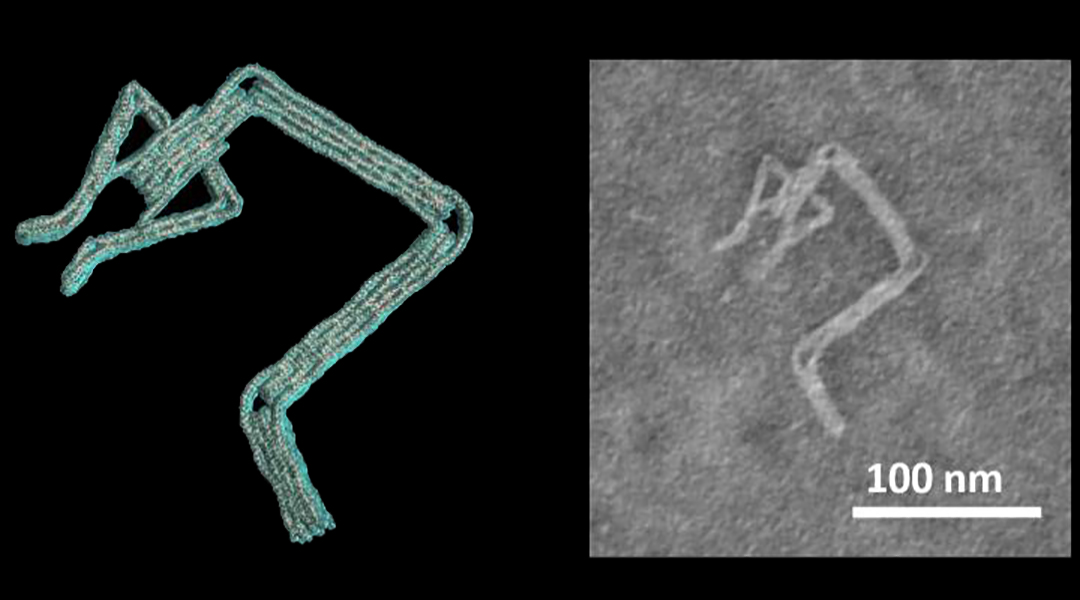
New software allows researchers to create complex structures from DNA, such as robot arms with claws and nanometer-sized airplanes.

The new technique creates color on metal that can be changed, erased, and rewritten.